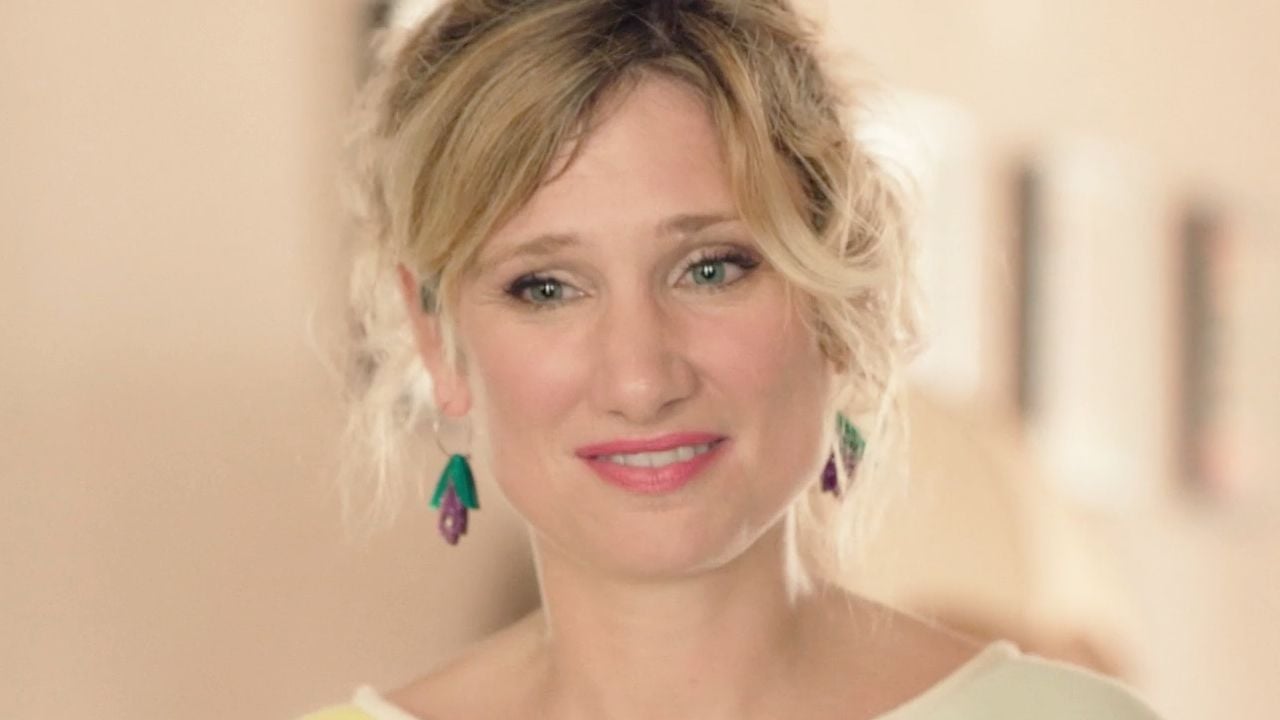In the East, since ancient times, various aromatic substances have been valued, and they know how to skillfully use them – both for religious purposes and to improve life, and, of course, to create a favorable impression of oneself and leave one’s own scent mark. We have learned some secrets that oriental women use daily in their perfume routine.
The Orient, as you know, is a delicate matter, because several large regions rich in history and traditions, sometimes very different, are united under this name. The countries of Asia and North Africa are generally referred to as the Eastern World. They are inhabited by many peoples who both profess the main religions of the world and support mysterious local cults.
The climate of the Eastern countries is hot, and the inhabitants have been studying the properties of plants and trees since ancient times, giving a special place to aromatic raw materials. Incense is used both in temples and in domestic premises.
Eastern traditions in the use of personal perfumery are also very strong and are based on the ancient Arabic art of al-kimiya (this term is similar to the colloquial word “alchemy”, but much more versatile). In Muslim countries, great attention is paid to cleanliness and a pleasant aroma of the body. There are many rules that should not be overlooked. For example, strong scents such as rose and oud are initially seen as predominantly masculine. Women are encouraged to choose less intense fragrances.
And, of course, the main difference between oriental and European perfumery is that they do not use an alcohol base. It also has a religious connotation – alcohol in the Orient, in any form, should not touch the human body. Perhaps in the 21st century, this taboo has weakened its strength somewhat, given the spread of modern household chemicals. However, true oriental spirits are attars.
ADVERTISEMENT – CONTINUED BELOW
Sometimes essential oils are mistakenly called essential oils, but that’s not entirely correct (although essential oils are also made and used in the Orient). Attar is an infusion of aromatic substances in hot oil. Expensive ultra-strong attars are prepared with sandalwood, less expensive ones are prepared with neutral vegetable oils. They can use a variety of raw materials and mixtures of fragrant substances. Attar making is a complex craft that has been passed down from generation to generation.
Such oily perfumes behave completely differently in hot climates than toilets and eau de parfum, which are well known to Europeans. They literally “grow” with the skin. Attar should not be applied to the hair (it is thought to cause premature greying), although Oriental men pamper the beard with an aroma.
And oriental women have their own secrets. First, they are allowed to use skin coloring aromatics in the attar, such as saffron or henna leaves. By adding them to body care cosmetics, they not only surround the body with their characteristic aroma, but also tone the skin. Secondly, there is a special point for applying perfume – Arab and Indian women smear attar … the tops of their ears! Yes, yes, we apply perfume to the pulse points, including behind the ears, and the inhabitants of the East are sure that the best pleasant smell without distortion is retained on the thin cool skin of the upper inner part of the body. headset.
Yes, it’s interesting!









